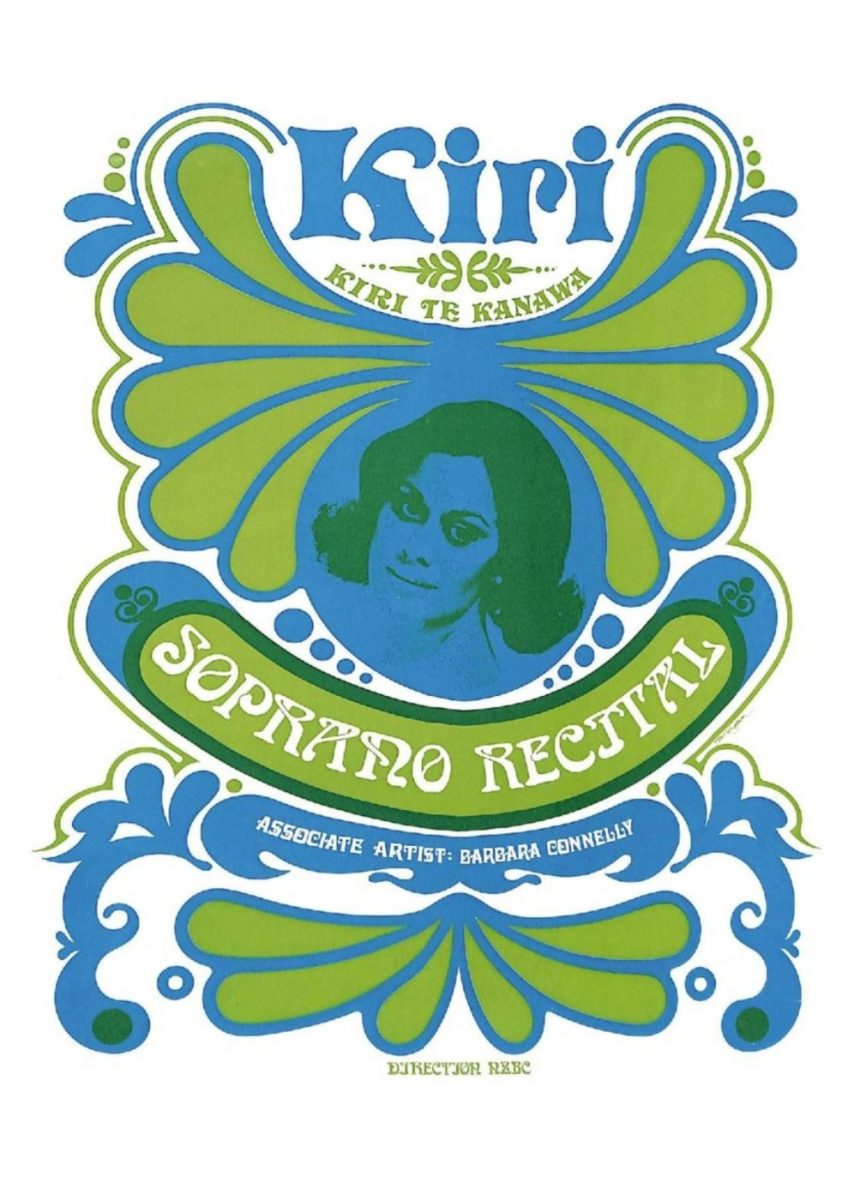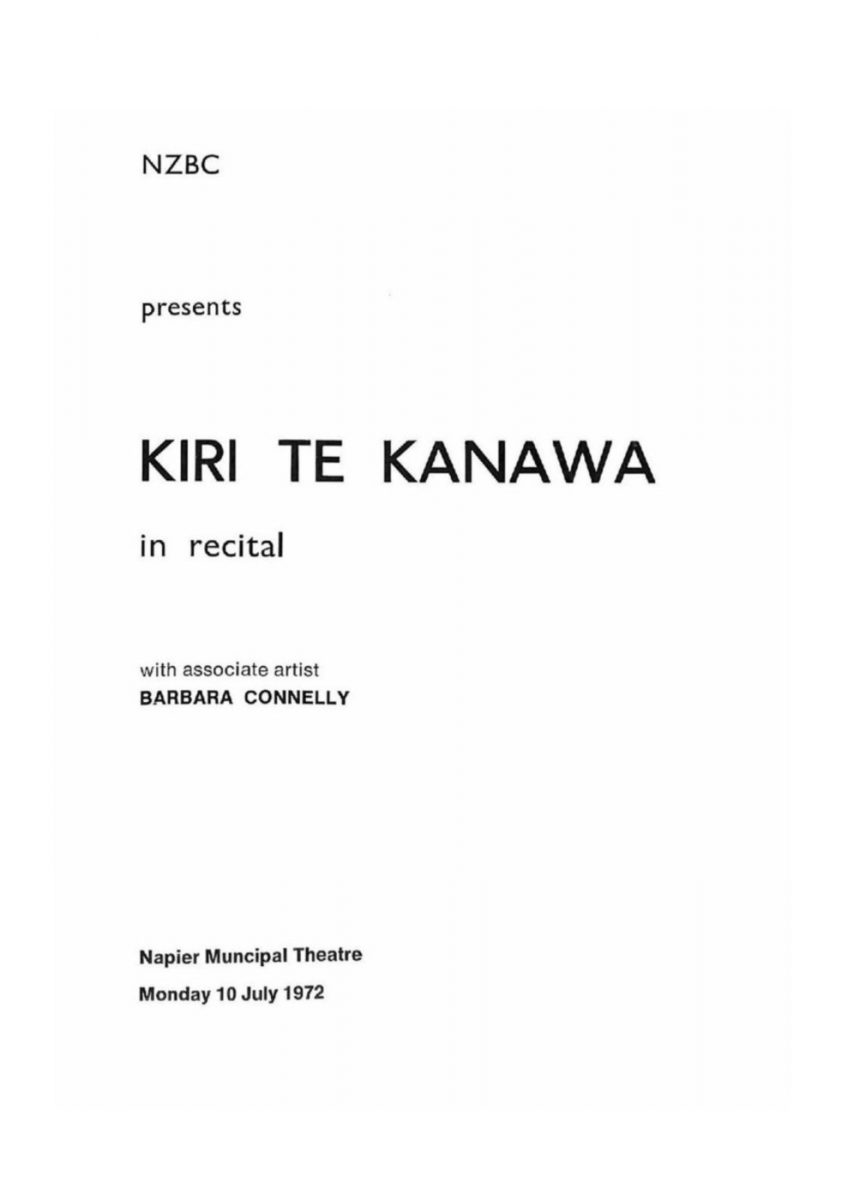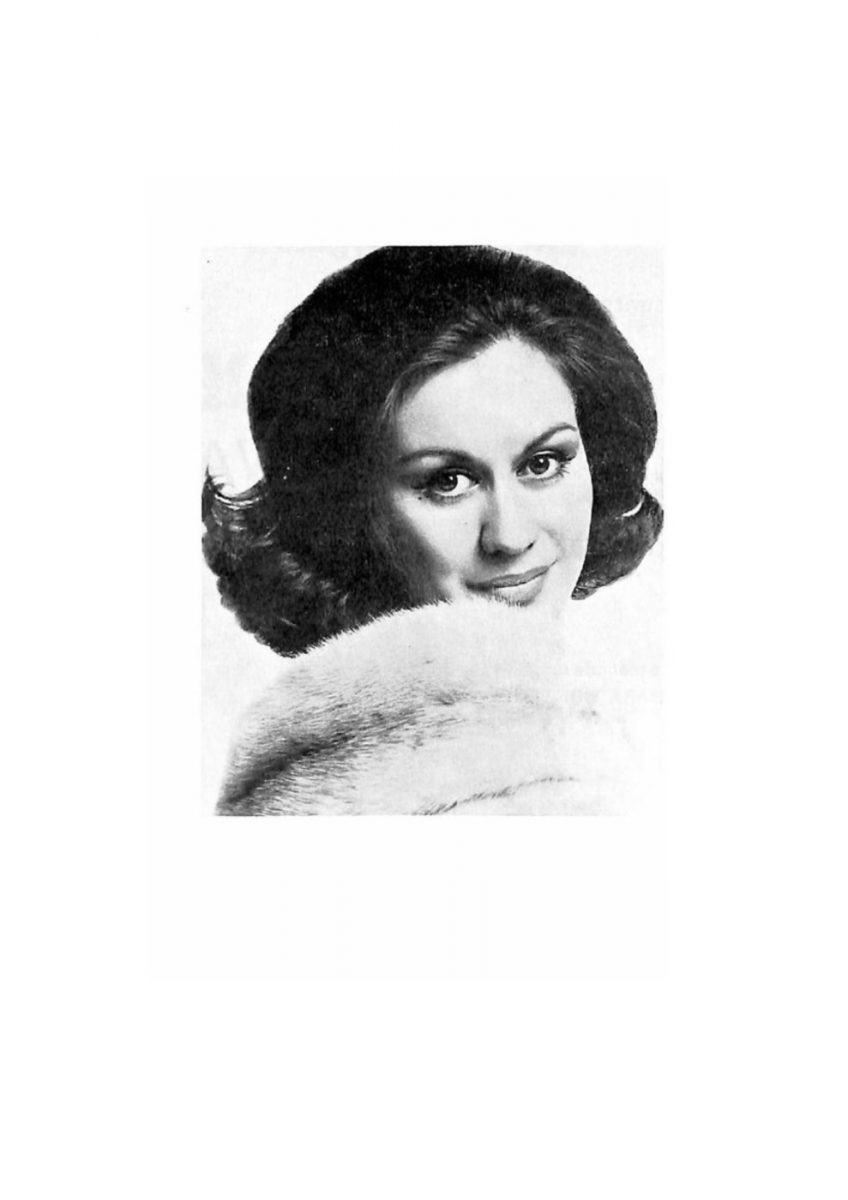PROGRAMME NOTES
CARA SELVE (Come, my beloved) (Atalanta) Handel
LET THE BRIGHT SERAPHIM (Samson)
ALLELUIA (Exsultate Jubilate) Mozart
Atalanta, one of Handel’s numerous Italian operas on mythological subjects, was performed at the Covent Garden Theatre, London, in 1736. The opera itself is very little known, but the aria Cara Selve has served to keep its name alive. It is a tender love song beginning “Come, my beloved! Through the sylvan gloom I wander day and night”.
Let the Bright Seraphim is a brilliant and heroic showpiece from the oratorio Samson, which was first given, also, at Covent Garden, in 1743. The story is the familiar one, and the text was taken from Milton’s Samson Agonistes. Samson, captured and blinded by the Philistines, pulls down their temple, burying himself and his enemies in the ruins. His friends perform the funeral rites, during which one of them, an Israelite woman, stands before her compatriots and sings, with electrifying effect, this song of triumph.
Mozart’s Alleluia is the joyous finale to his early motet for soprano, Exsultate Jubilate. Rarely can so enchanting a composition have been based on a single word.
POLONAISE No. 6 IN A FLAT, Op. 53 Chopin
The polonaise and the mazurka are the best known of Polish national dances, and to the world in general each of these forms conjures up the name of Chopin. His very first published piece was a polonaise, and he reverted to this form throughout his career as pianist and composer. Chopin’s polonaises have an aura of pride and stateliness, embodying the spirit of this ancient processional dance of the Polish nobility. The A flat Polonaise, known as the “heroic” or “military”, is probably the best known of all, the most splendid and impetuous.
FOUR LAST SONGS Richard Strauss
Fruhling (Spring)
September
Beim Schlafengehn (Going to Sleep)
Im Abrendrot (In the Sunset Glow)
It was well said that Richard Strauss had a lifelong love affair with one medium – the lyric soprano voice. In opera after opera by this composer, our thoughts turn at once to the leading soprano role; sometimes there are two or even three in the one work. Similarly with his songs, an overwhelming number have been associated with great sopranos of his own and later generations. The first of these was his own wife, Pauline de Ahna, who excelled in both opera and lieder. Small wonder then, that towards the end of his life, Strauss composed his four last songs for soprano. They were written between 1946 and 1948. Im Abendrot, which is usually sung last, is a setting























Do you know something about this record?
Please note we cannot verify the accuracy of any information posted by the community.